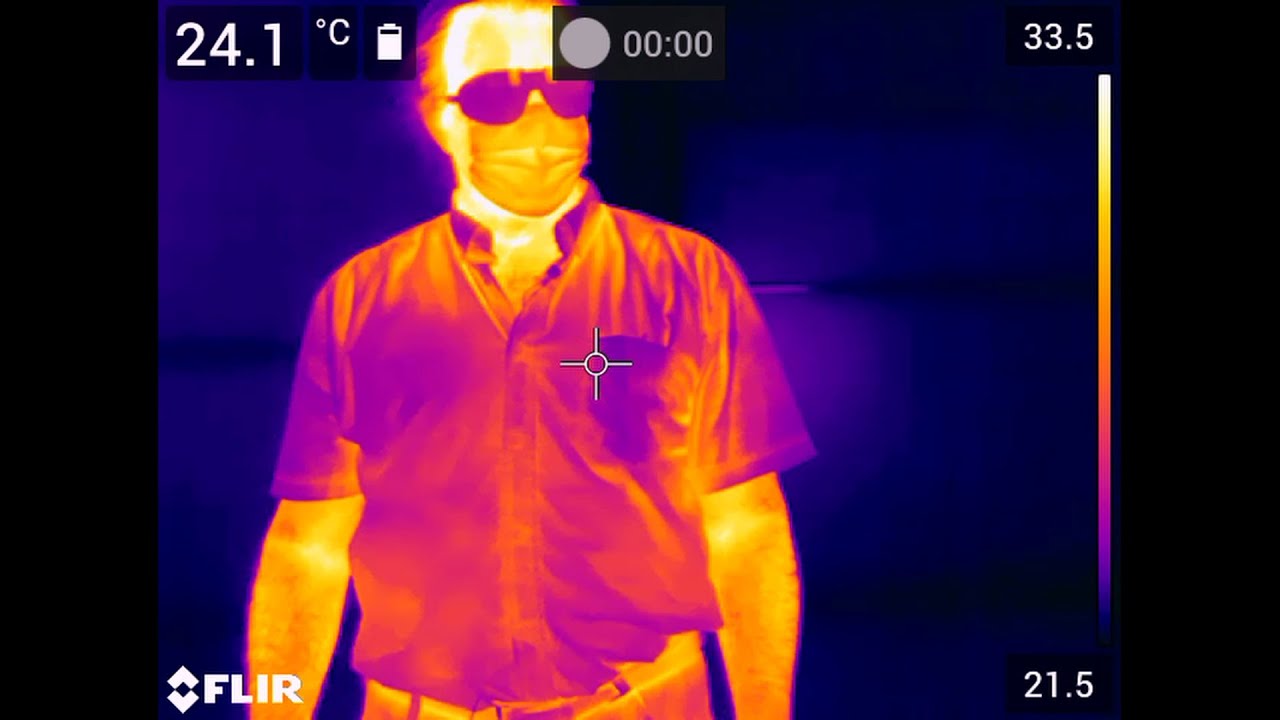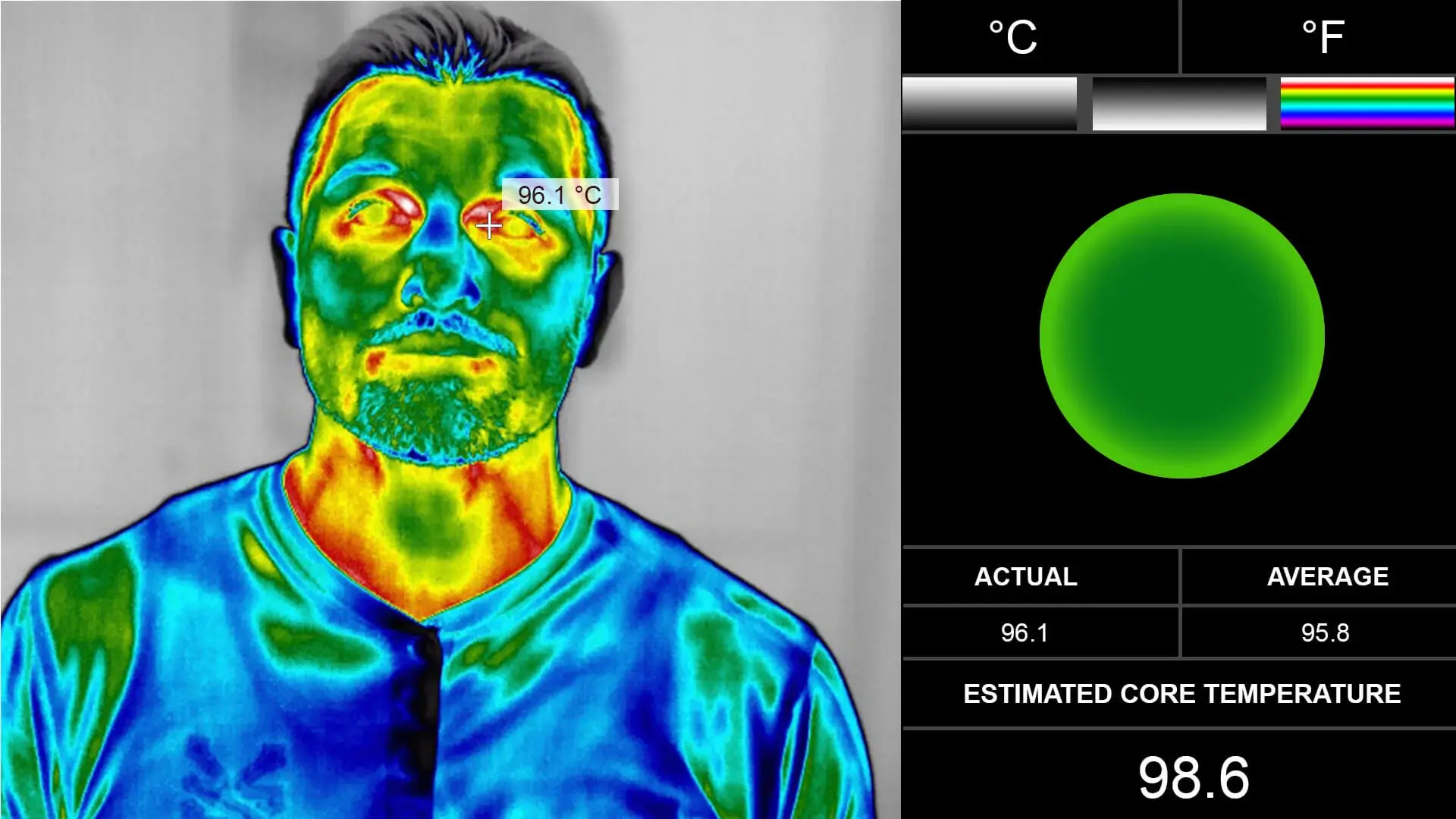A Comprehensive Insight Into Infrared Cameras: The What, Why, And How
Introduction
In an age where digital imaging has become an integral part of our daily lives, infrared cameras have emerged as a game-changer. These innovative devices possess the ability to detect and visually represent heat, a feature that traditional cameras lack. This groundbreaking technology has found applications in numerous fields, from security and surveillance to wildlife research and medicine. This comprehensive guide aims to give you an in-depth insight into infrared cameras by exploring their mechanics, their differences from traditional cameras, their uses, and what the future holds.

What is an Infrared Camera?
An infrared camera, commonly known as a thermal camera, is a transformative device that uses infrared radiation or heat to produce images. Here are the primary components that characterize an infrared camera:
• Type of radiation used: Unlike conventional cameras that rely on visible light, infrared cameras can detect and visualize thermal energy. This unique property enables the creation of images in pitch-dark conditions because they capture the thermal signatures of objects instead of light reflections.
• Heat detection: All objects emit some amount of heat. Infrared cameras capitalize on this attribute – detecting minute differences in temperature to produce an image.
• Visual representation: These cameras go a step further than just heat detection. They employ a color-coding system to represent different temperature levels. The images produced, known as 'thermograms', depict the warmest parts in shades of red, the coolest in hues of blue.
In essence, infrared cameras are groundbreaking technology that transcends the barriers of light restrictions. They capture the unseen, thermal world, making visible what traditional cameras and even the human eye would miss.
The Underlying Technology behind Infrared Cameras: How do they Work?
So how, exactly, do infrared cameras navigate in the dark and see through fog or smoke-filled environments? The answer lies within their unique ability to map thermal energy. Let's break down the infrared camera's operating process:
1. Thermal Emission Detection: Every object, depending on its temperature, emits a certain degree of thermal radiation or heat. This emitted heat is picked up by the infrared detector in the camera.
2. Conversion into Electric Signals: Once the infrared detector captures the thermal energy, it gets converted into electrical signals. The temperature difference between various parts of the object helps to create a detailed map of the heat distribution.
3. Generation of Thermograms: These electrical signals are then converted into digitized images or 'thermograms'. This high-tech imaging processing feature allows even the slightest variations in temperature to be visually represented.
4. Color-Coded Display: The thermograms are usually showcased in a color-coded format, which corresponds to the temperature levels – Red signifies the warmest areas, and blue denotes the coldest.
On the other hand, traditional cameras use light-sensitive sensors to take photographs. As they rely on light to distinguish objects, their utility is quite limited in dark, smoky, or foggy situations. The stark contrast between the operation of the infrared cameras and traditional cameras speak volumes about the versatility and advancement of the former.
Differences: Infrared Cameras vs. Traditional Cameras
In understanding the variances between infrared and traditional cameras, we need to dissect their unique features and operational mechanisms. These divergences are normally based on their light spectrum uses, imaging conditions, and overall performance. Let's delve into these differences:
Light Spectrum Utilized
- Infrared Camera: Operates on the heat spectrum, detecting infrared radiation released by objects.
- Traditional Camera: Functions on the visible light spectrum, requiring light to capture images.
Working Conditions
- Infrared Camera: Can function effectively in complete darkness, smoke, and fog, as it depends on heat rather than light.
- Traditional Camera: Requires an adequate light source for optimal performance, can struggle in low-light conditions, or obscured visibility like smoke or fog.
Operational Performance
- Infrared Camera: Can detect hidden flaws by revealing thermal variations, providing crucial data in fields like manufacturing, power generation plants or building inspections.
- Traditional Camera: Primarily used for capturing aesthetic images and videos, might miss defects that don't affect the visible appearance of an object.
Field of Application
- Infrared Camera: Versatility makes it useful in diverse areas such as industrial maintenance, surveillance, firefighting, construction, and healthcare.
- Traditional Camera: Mainly used in photography, cinematography, and some areas of scientific research.
In summary, infrared and traditional cameras serve distinct purposes and perform optimally under different conditions. Recognizing these differences enriches understanding of these inventive tools and puts into perspective their tailored applications.
Unwrapping the Practical Applications of Infrared Cameras
The incredible versatility and wide-ranging applicability of infrared cameras is truly impressive, stretching across multiple sectors and industries. Let's examine some of these applications:
• Surveillance and Security: Leveraging the camera's ability to operate equally well in light or darkness, infrared cameras are an ideal choice for round-the-clock surveillance and enhanced security measures.
• Firefighting: The capacity of these cameras to see through smoke is a life-saving act for firefighters. They conveniently locate victims in smoke-filled areas and swiftly identify hot spots in fires.
• Industrial Plants: Covering an essential role for preventive maintenance, infrared cameras detect leaks or faults in machinery, helping avoid costly damages and losses.
• Building inspections: Offering a thermal perspective, these devices efficiently visualize heat loss and structural weak points, well ahead of any visible signs of wear or damage.
• Healthcare: Infrared cameras are gradually gaining traction within the healthcare sector. They assist in identifying inflammation, infections, circulation problems, and sometimes even cancerous cells.
• Wildlife Studies and Nocturnal Photography: Thanks to their ability to create images in complete darkness, they are incredibly useful in recording the behavior of nocturnal animals without disruptive lights.
• Energy Audits: By detecting areas of heat loss or insulation gaps, infrared cameras are instrumental in conducting energy audits and improving home or building energy efficiency.
The statistics around infrared camera applications only solidifies its place further:
- In 2020, the global thermal imaging market was valued at $3.4 billion, a figure projected to reach $4.6 billion by 2025, a CAGR of 6.2%. This sharp rise is primarily due to the increase in the adoption of thermal imaging in the automotive industry and in surveillance and security sectors.
Moving forward, they're set to bring unparalleled advantages across various sectors and perhaps even revolutionize them.

The Future Landscape of Infrared Technology in Cameras: What to Expect?
The expanding applications of infrared technology in cameras and the continuous upgradation of its mechanisms herald considerable evolution in the future. Here’s what might be in the store:
• Enhanced Resolution: Expect future infrared cameras to boast superior resolution. The delineation of complete pictures from thermal data will substantially improve.
• Increased Sensitivity: Infrared cameras will likely become more sensitive to heat variances, enhancing their capability to differentiate even minute changes in temperature.
• Miniaturization: Compactness is the way forward. We can anticipate future infrared cameras to be much smaller and more lightweight than their present-day counterparts.
• Accessible Infrared Features: With technological advancements, infrared features are predicted to become more accessible and may even integrate into commonplace devices like smartphones and computers.
• Expanded Use: From scientific research to household usage, infrared cameras can be expected to become an integral part of our lives, aiding us in dealing with our everyday challenges and revolutionizing our world perception.
In a nutshell, the growth trajectory of infrared cameras indicates an exciting future, infused with significant technological breakthroughs and expanding applications.
Conclusion
From their underlying technology to their versatility in application, infrared cameras are clearly ahead of traditional cameras in many aspects. This technology holds significant promise in shaping our future, from everyday life to scientific research. Understanding their functionality presents us with new possibilities of exploring and understanding our world.
Related FAQs about what is infrared camera
What are the fundamental components of an infrared camera?
Infrared cameras primarily consist of three key components: an infrared detector, a converter that transforms thermal energy into electric signals to create a detailed temperature map, and a system to visually represent this data through color-coded thermograms.
How does infrared technology enhance the capabilities of traditional cameras?
Infrared technology significantly enhances a camera's capabilities, allowing it to operate in total darkness and through obstacles such as smoke or fog. It can detect minute changes in temperature, providing a sophisticated imaging tool for a variety of professional applications.
What makes infrared cameras fundamental in building inspections and wildlife studies?
Infrared cameras are crucial in building inspections due to their ability to detect thermal variations, indicating areas of heat loss or potential structural weaknesses. For wildlife studies, they enable researchers to observe nocturnal animals' behavior without disruptive lights, aiding understanding of their natural habits.


